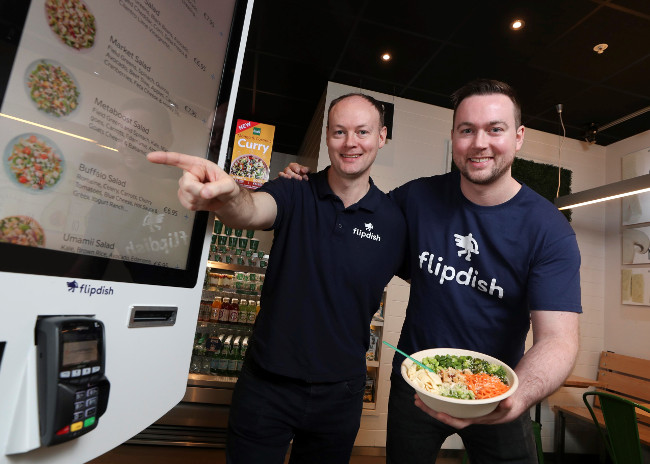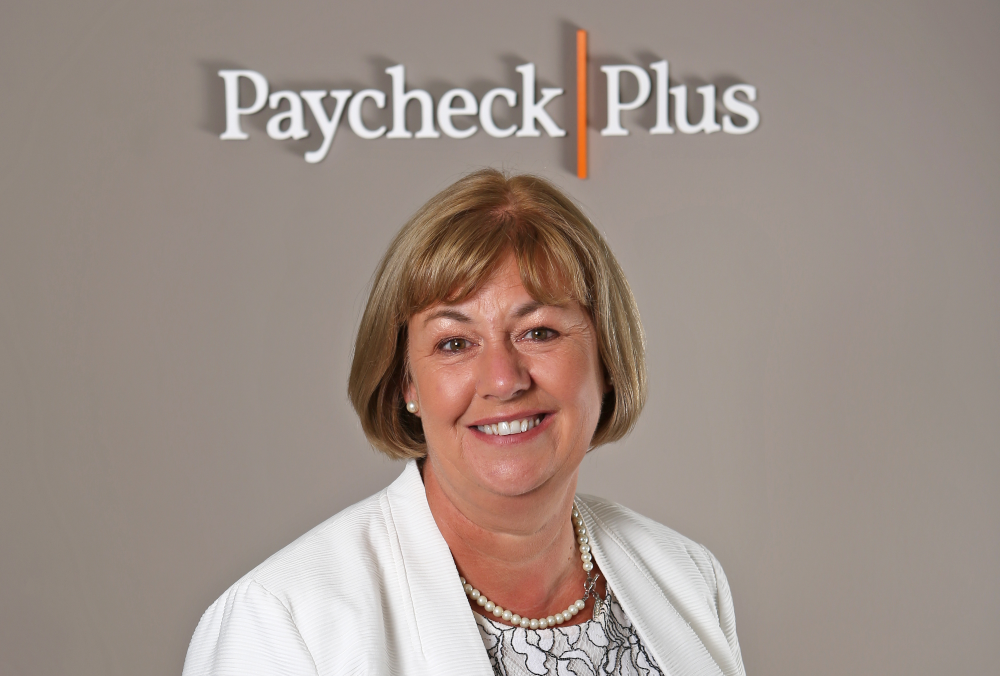The thought of restaurants losing precious margin to online delivery platforms is not appetising for either the restaurants or the Irish public.
New research indicates that Irish restaurants are losing an estimated €75.2m in turnover to digital delivery platforms like Just Eat and Deliveroo.
New Amarach research, commissioned by Irish digital food-ordering solution Flipdish, reveals that more than three in four people (77pc) are unaware that restaurants are charged up to 30pc commission per order by online food delivery marketplaces such as Deliveroo and JustEat.
“Getting the balance right is not easy and demand for home delivery could potentially soften when Covid-19 restrictions are fully lifted”
During the Coronavirus pandemic, thousands of closed restaurants across Ireland pivoted from dine-in businesses to re-open as takeaway and delivery food businesses. Over 60pc of the Irish population ordered food from restaurants and takeaways during lockdown.
Are you supporting local business?

Flipdish founders Conor and James McCarthy. Image: Conor McCabe Photography
Over half of all people (53pc) who ordered meals from an online food delivery marketplace during Covid did so believing they would be supporting a local restaurant and were unaware that up to 30pc of the value per order went to the marketplace app they ordered from, and not the restaurant itself. This number is even higher amongst weekly consumers of takeaway food, with 72pc of people who ordered food online more than once a week during lockdown believing they were supporting local takeaways and restaurants.
“It’s very easy for people to go online and order from an online marketplace with the understanding that in addition to getting a delicious meal served to them at home, that they’re supporting a local business,” said Conor McCarthy, CEO and co-founder of Flipdish. “But as the research shows, the majority of people in Ireland are unaware that these marketplaces can charge restaurants up to 30pc commission per order.
“Armed with this knowledge we would hope to see a shift in people ordering directly from their local restaurants to actually support them and make sure they receive the maximum amount of their hard-earned revenue.” he added.
Flipdish’s technology enables restaurants to create a branded website, app or self-service kiosk to directly accept digital orders without having to list on aggregator platforms.
“A welcome shift in Ireland towards more conscientious decision-making when it comes to spending money locally and ordering directly from restaurants. Restaurants having control over their digital ordering system also allows them to control customer data – allowing them to directly target return customers with marketing promotions and loyalty programmes.”
Restaurants need to think digital

Gerardo Larios Rizo, head of Hospitality Sector, Business Banking at Bank of Ireland.
Speaking with Gerardo Larios Rizo, head of Hospitality Sector at Bank of Ireland, the solution may not be as straightforward.
“Full service restaurants historically stayed clear of takeaway and/or delivery services because margins tend to be lower and also because some restaurant food does not travel well.
“The industry works on slim margins of between 5pc and 10pc so sharing profit with a third party is not a decision that can be taken lightly.”
Service platforms focusing on table bookings such as Open Table or Resy can also represent a cost to restaurant operators.
So can restaurants win? According to Larios Rizo, the digital journey may be a path many restaurants will explore in the near future but there are a number of factors to weigh up.
“Delivering a good website is not as expensive as it used to be and it doesn’t disrupt existing trade; there are also government supports to assist businesses such as the Trading Online Voucher Scheme.
“What can be expensive is the delivery, which is what Deliveroo and Just Eat do well. Staff wages, petrol and insurance expenses quickly add up.
“Over the last few months a number of establishments embraced delivery/takeaway in an attempt to retain some of their loyal customers and perhaps reach new markets; the transition was eased by the Temporary Wage Subsidy Scheme which allowed them to focus on sales.
“Getting the balance right is not easy and demand for home delivery could potentially soften when Covid-19 restrictions are fully lifted,” Larios Rizo pointed out.
Written by John Kennedy (john.kennedy3@boi.com)
Published: 9 September, 2020






